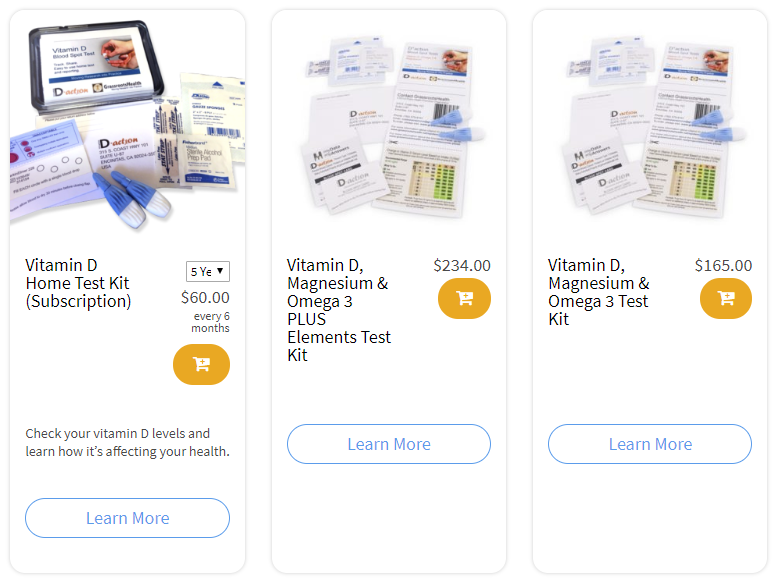Published on March 3, 2020
 Last year, GrassrootsHealth published a paper that assessed the EPA+DHA intake requirement to achieve an Omega-3 Index of 8% or higher, the optimal level for health, using YOUR omega-3 data. One piece of this analysis sought to determine if there was a difference in dose response between fish and krill oil supplements. However, we were not able to determine if a difference existed due to the lack of overlap in EPA+DHA amount in krill and fish oil supplements — the average EPA+DHA in fish oil supplements was 840 mg whereas the average in krill oil supplements was 182 mg.
Last year, GrassrootsHealth published a paper that assessed the EPA+DHA intake requirement to achieve an Omega-3 Index of 8% or higher, the optimal level for health, using YOUR omega-3 data. One piece of this analysis sought to determine if there was a difference in dose response between fish and krill oil supplements. However, we were not able to determine if a difference existed due to the lack of overlap in EPA+DHA amount in krill and fish oil supplements — the average EPA+DHA in fish oil supplements was 840 mg whereas the average in krill oil supplements was 182 mg.
Now that we have almost twice as many participants who have tested their Omega-3 Index and provided supplement intake information on their survey, we ran this analysis again to see if we could compare fish and krill oil supplements. The chart below shows the daily amount of EPA+DHA intake from supplements by Omega-3 Index for GrassrootsHealth participants taking only fish oil supplements and those taking only krill oil supplements. We found that 1,220 mg/day of EPA+DHA from fish oil and 820 mg/day from krill oil was needed for 50% of the population to achieve an Omega-3 Index of 8%.
This analysis indicates that krill oil may be more effective than fish oil at raising Omega-3 Index levels since the dose-response line for krill oil supplement users was 1.6 times steeper than the line for fish oil supplement users. This is consistent with other studies that have shown that krill oil is ~1.4-1.7 times more bioavailable than fish oil.
However, krill oil supplements typically contain about 80% less EPA+DHA per serving; therefore, fewer krill oil supplement users achieve an Omega-3 Index of 8% compared to fish oil supplement users. In this analysis, 28% of fish oil supplement users achieved an Omega-3 Index of 8% or higher compared to 6% of krill oil supplement users. The average EPA+DHA intake amount for participants only using fish oil supplements was 1000 mg/day and the average Omega-3 Index was 7.5% compared to 155 mg/day and 5.5% for participants using only krill oil supplements.
Are you getting enough omega-3s from your supplements?
Make sure you know your Omega-3 Index (target of at least 8%) and your vitamin D level (target of 40-60 ng/ml or 100-150 nmol/L), and are taking daily steps to keep both within range. Through GrassrootsHealth Nutrient Research Institute, you can also test your essential elements magnesium, copper, zinc and selenium, toxins such as lead, mercury and cadmium, as well as your inflammation levels and thyroid stimulating hormone (TSH) level. Find out your levels today! Log on to the test selection page (click the link below) to get your tests and see for yourself if your levels can be improved.
Make sure you track your results before and after, about every 6 months!
Click Here to Access the Test Page
How can I track my nutrient intake and levels over time?
To help you track your supplement use and nutrient levels, GrassrootsHealth has created the Personal Health Nutrient Decision System called
For each specific supplement, you can track what days you take it, how much, and many other details. This will help you know your true supplemental intake and what patterns of use work for you to reach and maintain optimum nutrient levels. Check it out today!









